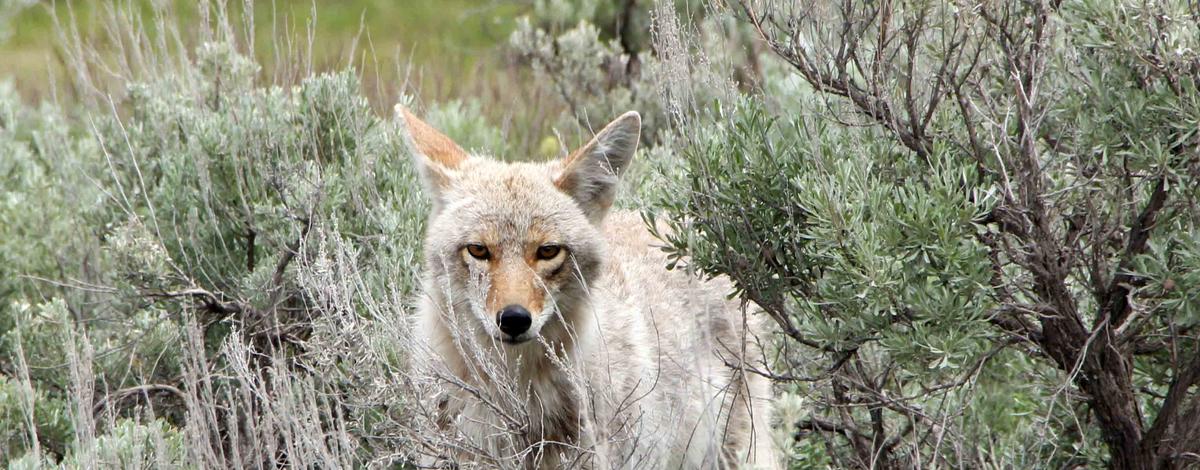With February comes the coyote breeding season, which can mean an increase in conflicts between coyotes and domestic dogs in the Boise area. With that in mind, Fish and Game biologists are reminding residents and recreationists around the Boise Foothills and elsewhere to take additional precautions with their pets to reduce the risk.
Conflicts between coyotes and domestic dogs can occur at any time of year, and coyotes can always pose a risk to dogs in situations where coyotes see them as either a prey source or competition. But that risk increases between late February and June.
“As with any wildlife species, it’s not uncommon for coyotes to become more aggressive and territorial during their breeding season – particularly toward other canine species, and more rarely towards humans,” said Ryan Walrath, Regional Wildlife Manager. “In our area, coyote breeding season typically occurs between February and March, and that increased territoriality often continues into the denning season and throughout the spring as coyotes are rearing pups.”
In each of the past three years during the breeding and denning seasons, the Southwest Region Office has received reports of incidents involving coyotes and domestic dogs at various locations in the foothills, including several at Hulls Gulch and the Military Reserve. Both areas and feature trails that are popular with hikers and have homes nearby, and the areas also provide preferred denning habitat for coyotes – all of which creates a lot of potential for conflict.
“To put it simply, if you’re living or recreating here, you should expect to encounter coyotes,” Walrath said. “Fortunately, in many cases, you can adjust a few of your own behaviors to reduce the odds of an encounter turning into a dangerous situation for your pet or yourself.”


